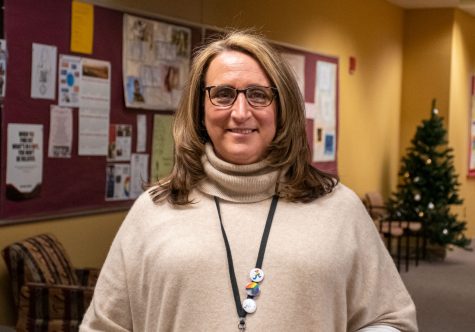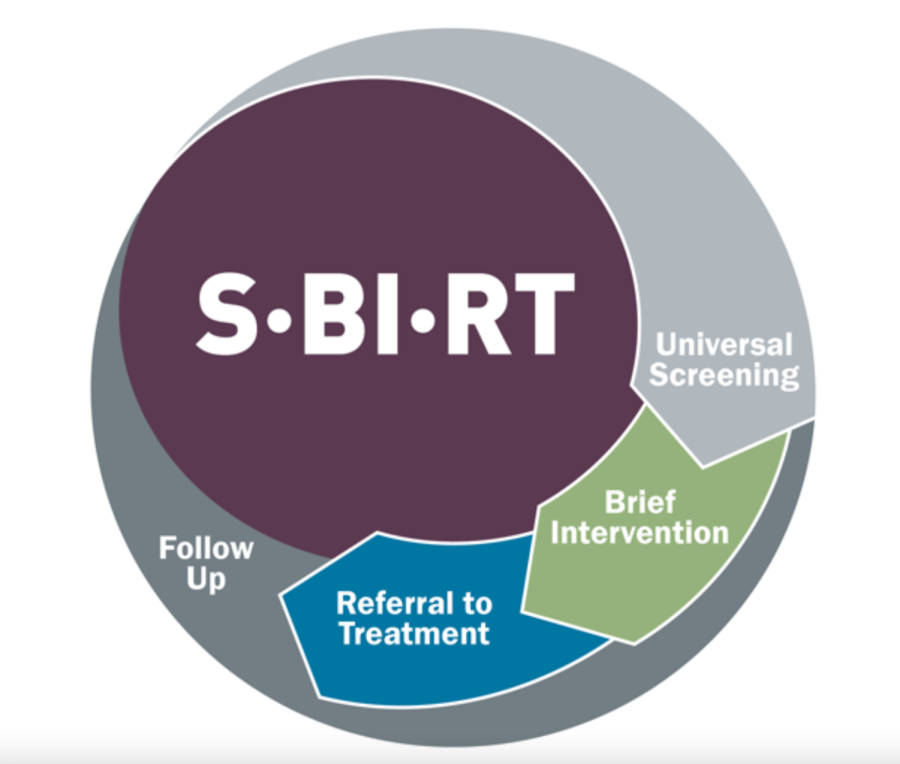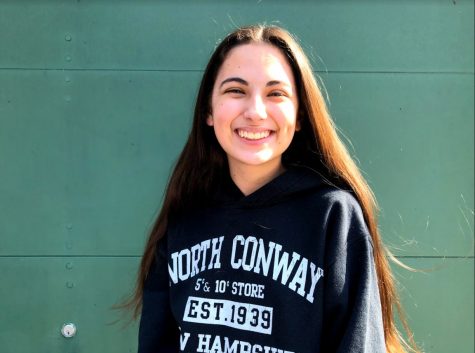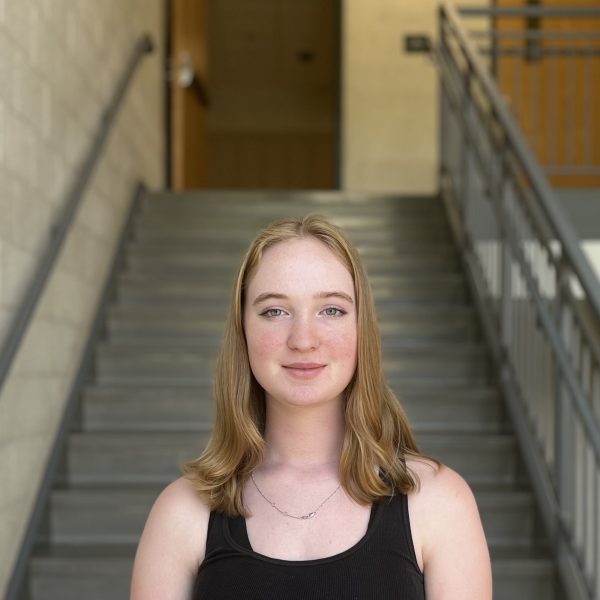Sophomores reflect on school-held drug screenings
The SBIRT protocol beings with a universal screening, then progresses to any necessary intervention, then referral to treatment and a follow-up.
January 11, 2022
During the month of December, sophomores participated in a state-mandated drug screening led by the ARHS guidance department.
In March of 2016, Massachusetts began requiring all public schools to run Screening, Brief Intervention and Referral to Treatment (SBIRT) screenings for tenth-grade students. The goal of the screenings is to identify students who might be struggling and offer them support and resources. Throughout December, students were called down to the guidance department one at a time to be asked questions about substance use.
Guidance department head Lisa Connery was very involved in the process of running the screenings.

“[The screenings] came out of the increase in overdoses in a lot of young adults, in their early twenties,” Connery said. “They felt that the screening was important to try to identify students who might be using substances early on.”
The guidance counselors and school adjustment counselors responsible for administering the screenings were required to undergo training in order to be prepared for students’ questions and needs.
“The training itself is very brief, so the actual training around the tool itself is not complicated, but it revolved around engaging in those conversations with students,” Connery said.
According to Connery, early intervention is the best prevention for long-term addiction to alcohol and drugs.
“There is a lot of research out there around the development of the brain,” Connery said. “During adolescence, the brain is being hardwired, and it is actually maturing into what will become your adult brain. Research indicates that substance abuse during adolescence when the brain is hardwiring actually changes the pathways that are being hardwired in the brain.”
According to Connery, most students were neutral about the screening process and did not have strong feelings of like or dislike towards it. Sophomore Kate Michel found the process to be very easy and simple.
“The screening lasted 10 minutes at the most, probably less,” Michel said. “I didn’t find the experience itself to be stressful or negative in any way. I pretty much answered the questions and left.”
Sophomore Maddie Ho also found the process to be easy, and she appreciated the opportunity to meet her guidance counselor in person.
“I think it was pretty easy to do, and it was also really good for me because I hadn’t met my guidance counselor before that, so it was good to actually meet him in person for the first time,” Ho said.
Connery feels that while the SBIRT screenings are important and helpful, they are not the only tool that can be utilized in identifying and helping students who are having substance-related issues.
“It is one tool,”Connery said. “We take the information that we gather from the screening, but we also look at the Metrowest Health Foundation Survey. Additionally, [we use] data that counselors might have in regards to assistance that they’re providing related to substance use and abuse. We look at a variety of different things to put supports in place and identify resources for our students.”
Sophomore Adam Guggina feels as though the screening process itself is a good idea, but some students may feel hesitant to speak up.
“Overall, I felt it was a pretty positive experience,” Guggina said. “It seems like they have good intentions by trying to get a read on our class to better delegate resources to teen addiction, but I doubt any reasonable teen would admit to vaping, alcohol or smoking.”
Connery agrees that some students are more hesitant to be honest than others, but she has found that many students decide to open up in a safe environment.
“I have found in the past that my students have been honest with me about whether or not they are using,” Connery said. “I think that is always helpful because that allows us to have an honest conversation around the impact that use can have.”
Michel feels that even if the screenings do not have a direct impact on her, they are beneficial for the students that might need resources regarding the issue.
“Even if the screenings only help a few people, I think they’re worth doing because they’re beneficial at best and neutral at worst,” Michel said.
Connery wants students to feel safe in the guidance department.
“The counselors in school work with students all the time on these types of issues: social, emotional, substance issues,” Connery said. “When we do that work with students and parents, it’s confidential.”
Ho agrees that these screenings provide a safe space for students.
“I think the guidance department is a safe space to say what’s actually going on,” Ho said. “The school could actually benefit from [the screenings] and get a feel for how they can help individual students.”
Connery hopes that through these screenings, students will feel more comfortable opening up to their guidance counselors and asking for help if they need it.
“One of the biggest takeaways that I would like for students to know is that if they are struggling with any type of concerns or issues, they can come down and work with us,” Connery said. “Our goal is to support the overall well-being of all students.”











